
LAND ROVER FREELANDER (1997-06) 5DR SUV 2.0 TD4 S AUTO5
The LAND ROVER FREELANDER (1997-06) 5DR SUV 2.0 TD4 S AUTO5 is a practical and versatile SUV that appeals to a wide range of drivers in the UK. Known for its robust build and distinctive design, this model stands out as a capable family vehicle or an adventure-ready SUV for those who need extra space and off-road capability. With its 5-door configuration, it’s well-suited for family outings, daily commuting, or anyone seeking a reliable vehicle with a bit of rugged charm. The Land Rover Freelander from this era is celebrated for its comfortable ride and good ground clearance, making it a popular choice among drivers who want a vehicle that can handle both city streets and countryside adventures.
What makes the LAND ROVER FREELANDER (1997-06) 5DR SUV 2.0 TD4 S AUTO5 particularly notable in the used market is its reputation for durability and its distinctive design features. This model tends to appeal to those who appreciate a vehicle with a heritage of off-road prowess, yet it remains user-friendly for everyday driving. Compared to rivals, the Freelander offers a unique blend of luxury, practicality, and badge appeal, especially for buyers seeking an SUV that combines style with functionality. Its average valuation of around £835 and average mileage of approximately 133,762 miles reflect its status as a well-used, durable vehicle suited for those who value reliability and all-terrain capability in a compact SUV.
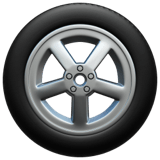
average use
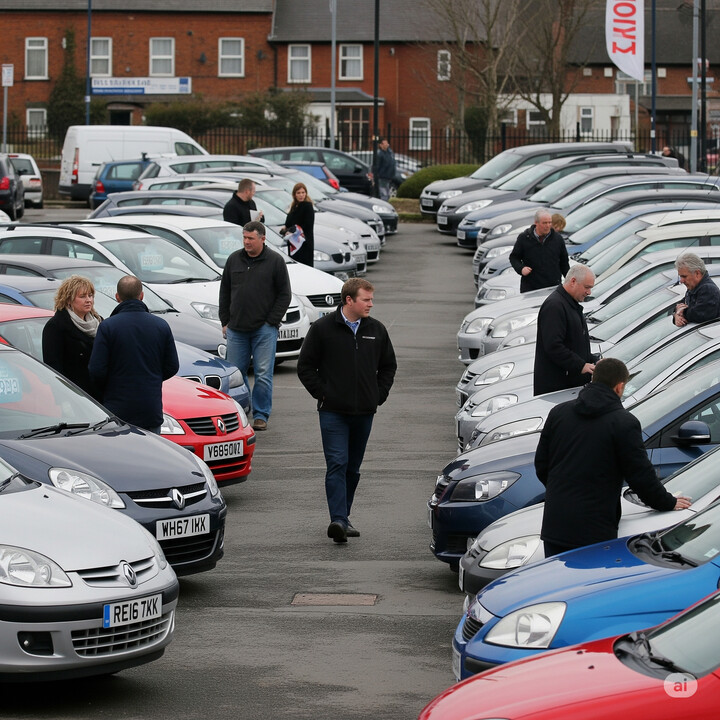
The most recent mileage readings for the sampled Land Rover Freelander (1997-06) 5-door SUV 2.0 TD4 S Auto model show an even split between two ranges: 50% of vehicles have recorded mileages between 120,000 and 130,000 miles, while the other 50% are in the 140,000 to 150,000 miles range. This distribution suggests that, within this dataset, vehicles of this model tend to be driven to around these two mileage thresholds, highlighting common usage patterns or age-related mileage accumulation for this model during the period surveyed.

vehicle values
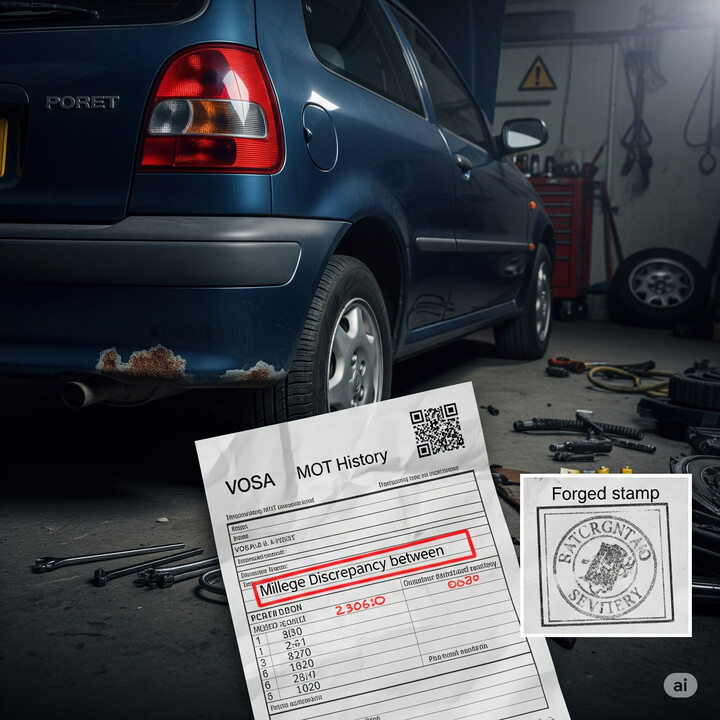
The available data indicates that, in the private sale market, the valuation for a Land Rover Freelander (1997-06) 5DR SUV 2.0 TD4 S Auto is consistently within the £0 to £1,000 range, representing 100% of the assessed valuation. This suggests that private sales for this model are generally at the lower end of the price spectrum, reflecting its age and potentially limited market value. It highlights that these vehicles are typically sold at affordable prices privately, and buyers should set realistic expectations accordingly.

production years
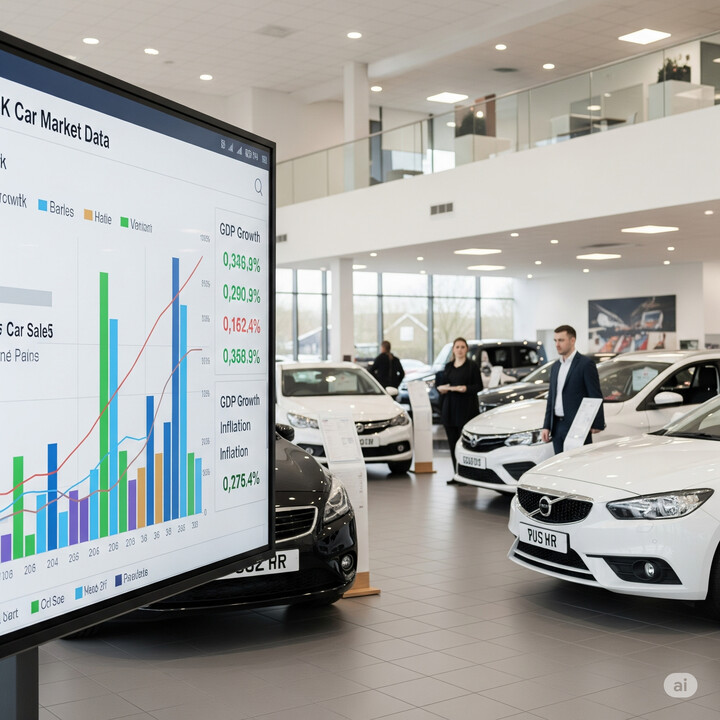
Based on the available data, all observed vehicles of the LAND ROVER FREELANDER (1997-06) 5DR SUV 2.0 TD4 S AUTO5 model were manufactured in the year 2001. This suggests a concentrated manufacturing period for this model, with no data indicating other production years within the sample.

colour popularity
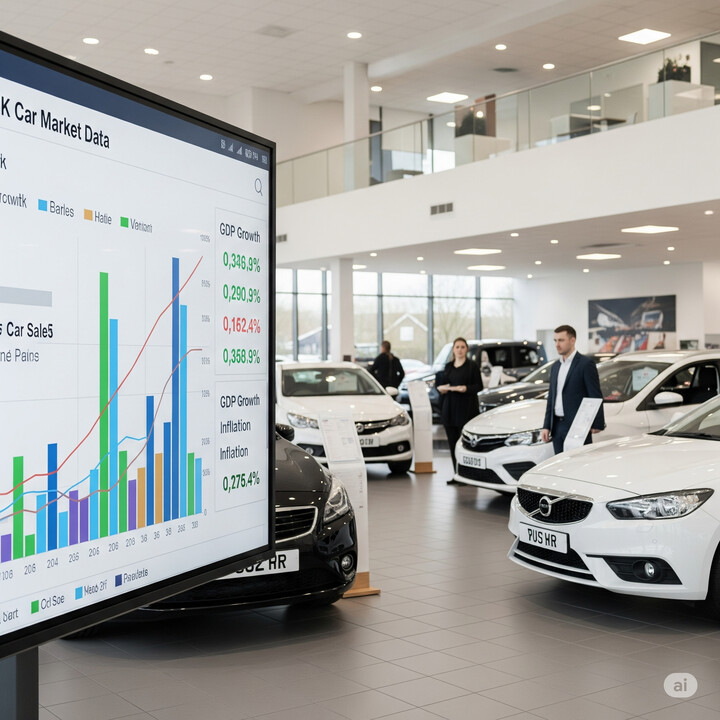
The data indicates that for the Land Rover Freelander (1997-06) 5-door SUV 2.0 TD4 S Auto5, the main paint colour is evenly split between Blue and White, each accounting for 50% of the vehicles in the sample. This balanced distribution suggests that these two colours are equally popular choices among owners for this model, with no clear dominance of one over the other.

ownership cycle
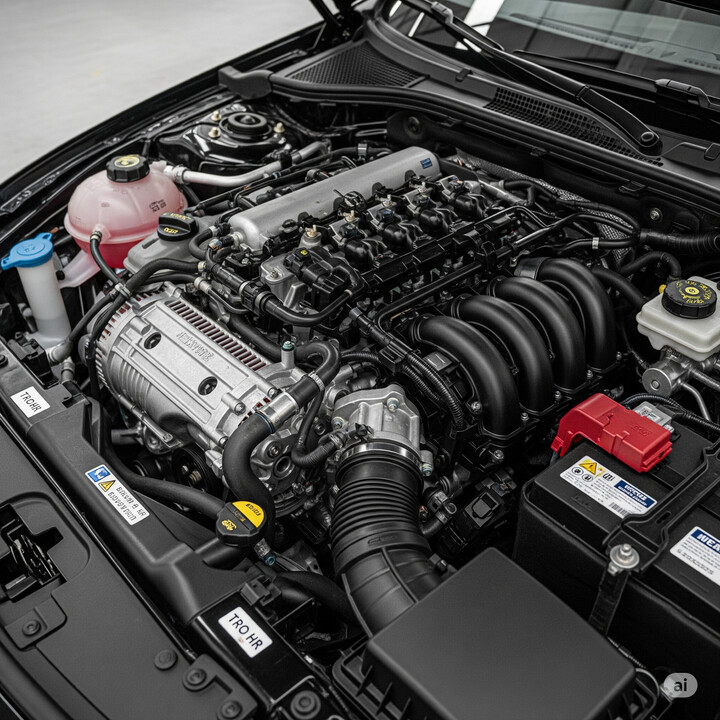
The data indicates that, among the sampled Land Rover Freelander (1997-06) 5DR SUV 2.0 TD4 S Auto5 vehicles, half (50%) have had five registered keepers, while the other half have had three registered keepers. This suggests a relatively balanced distribution between vehicles with a lower and higher number of previous owners, potentially reflecting varying ownership histories within this model group.

engine choices

The data indicates that all vehicles of the Land Rover Freelander (1997-06) 5DR SUV 2.0 TD4 S Auto5 model surveyed are equipped with an engine capacity of 1951 cc. Additionally, 100% of these vehicles use diesel as their primary fuel type. This suggests a consistent engine specification and fuel choice across the sample, reflecting the model's typical configuration during this period.












